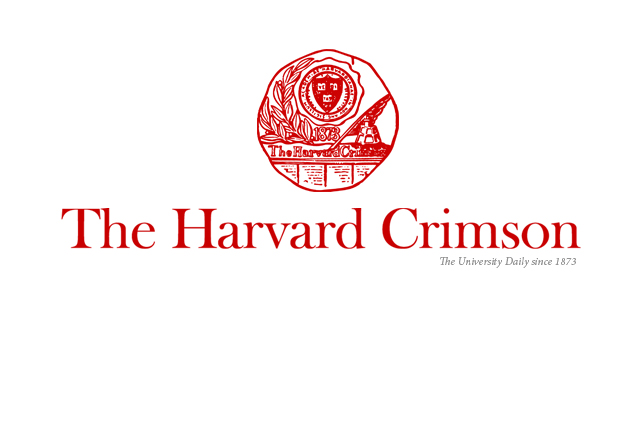
Farewell to all that.
As I write these words, faculty members at Harvard University are circulating an open letter in protest of ... a position taken by the student newspaper. Earlier this month, the Crimson published a ringing editorial endorsement of the Boycott, Divestment, and Sanctions movement. A group of faculty then circulated a petition, sharply objecting to the editorial's tone and substance. As of this writing, the petition has been signed by more than 70 professors, including many an intellectual giant.
The BDS movement has provoked considerable controversy, with critics labeling it anti-Israel and even anti-Semitic. My purpose here isn't to resolve that dispute. Instead, I want to note a particular way in which what's going on at Harvard is extraordinary.
Though I never sign petitions - my name goes only on what I myself write - I quite understand that in higher education today, mine is a minority view. Campuses are awash in open letters, many of them sporting the signatures of dozens if not hundreds of professors. But as far as I can tell, the Harvard faculty petition is unique.
I've been digging around in history, and every faculty petition I've found was directed at administrators and trustees. I've uncovered no prior occasion when prominent professors have subscribed to a document protesting a position taken by the student newspaper.
Public admonishments of administrators by faculty are nothing new. In 1901, the Herald Tribune published a statement from three professors contesting their dismissal from New York University. They argued that their only offense was resisting efforts by the university's chancellor to interfere with their decisions about what to discuss in the classroom.
The first Red Scare brought more examples. In 1934, for instance, some 15 professors at the University of Pittsburgh signed a petition protesting the school's punishment of a student club. The club's offense? Inviting a speaker who advocated the release of a pair of radicals imprisoned (falsely, as it happened) in California. Some of the signers - the precise number is disputed - lost their jobs.
Similarly, in 1938, a group of Harvard faculty wrote an open letter to James P. Conant, then the university's president, protesting the dismissal of a pair of economics instructors alleged to have radical leanings. (One of the signatories, the great literary critic Francis O. Matthiessen, would take his own life two decades later, after years of being attacked for his own radical beliefs.)
The civil rights and Vietnam eras brought an outpouring of petitions in this model. In 1960, for example, Vanderbilt expelled James Lawson, a Black divinity student, for his role in organizing sit-ins at Nashville's segregated lunch counters.
The dean of the divinity school resigned in protest. Other professors soon followed his example. With assistance from an outraged Harold Vanderbilt, a university trustee, a compromise was worked out under which Lawson would still receive his degree.
When the board rejected the deal, 161 professors signed an open letter in protest. In the fraught atmosphere of massive resistance to integration, adding one's name was hardly risk free: A local newspaper published the names of the signers on the front page.
(Incidentally, the Nashville sit-ins became the first to succeed and Lawson - who later graduated from Boston University - is now remembered as one of the movement's preeminent theorists of nonviolence.)
The example closest to the Harvard letter may be a 1969 petition circulated at Cornell University, signed by several hundred staffers demanding that the school protect them from the violence spreading across the campus. But even there, the signatories were careful not to criticize the causes in which buildings were being burned. They asked only for safety in the workplace.
Even if we just look at Harvard's own recent history, open letters from faculty have been directed upward. Like calling on the school's administrators to purge the endowment of fossil fuel investments; or to offer a better deal to striking workers; or to support Ukraine. Wherever we delve in history, we find faculty petitions aimed at the school's own policies. We don't find petitions criticizing the student paper.
It's all quite strange. Toward the end of the Vietnam era, I served as managing editor of the Stanford Daily, and we published our share of wildly radical editorials. But we harbored no illusions about the degree of influence we wielded. Professors who thought us wrong rarely bothered with so much as a letter to the editor.
Perhaps students are simply regarded as a greater power on the campus than they were in the past. I wonder whether that's entirely a good thing. A couple of decades after graduation, I happened to encounter the man who'd served as president of the university during my undergraduate years.
Having grown up a bit in the interim, I apologized for my role in publishing a particularly unfair personal shot. He professed to having no idea what I was talking about; and looking at his face, I believed him. To my surprise, the discovery that our editorial diatribes had been literally beneath the university's notice disconcerted me not at all.
Farewell to all that too.


 Contact The Editor
Contact The Editor
 Articles By This Author
Articles By This Author